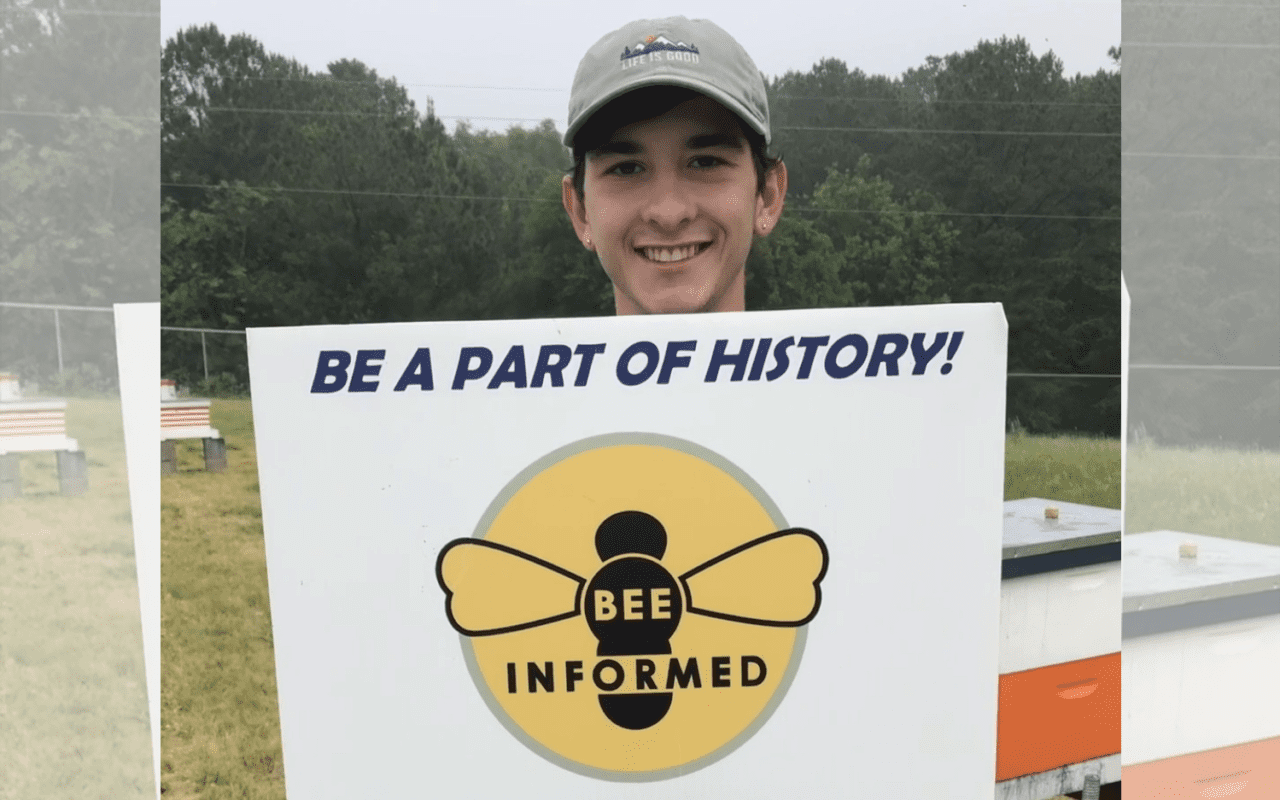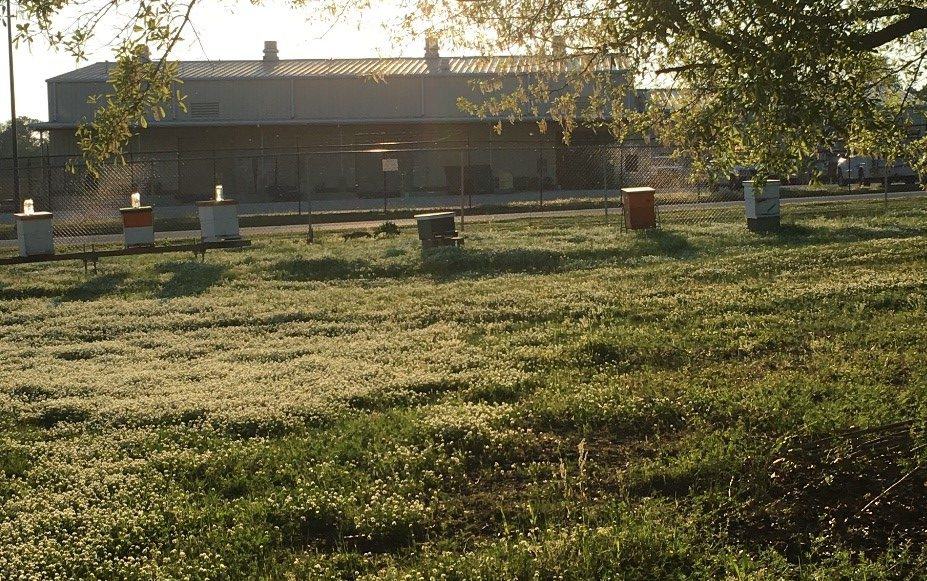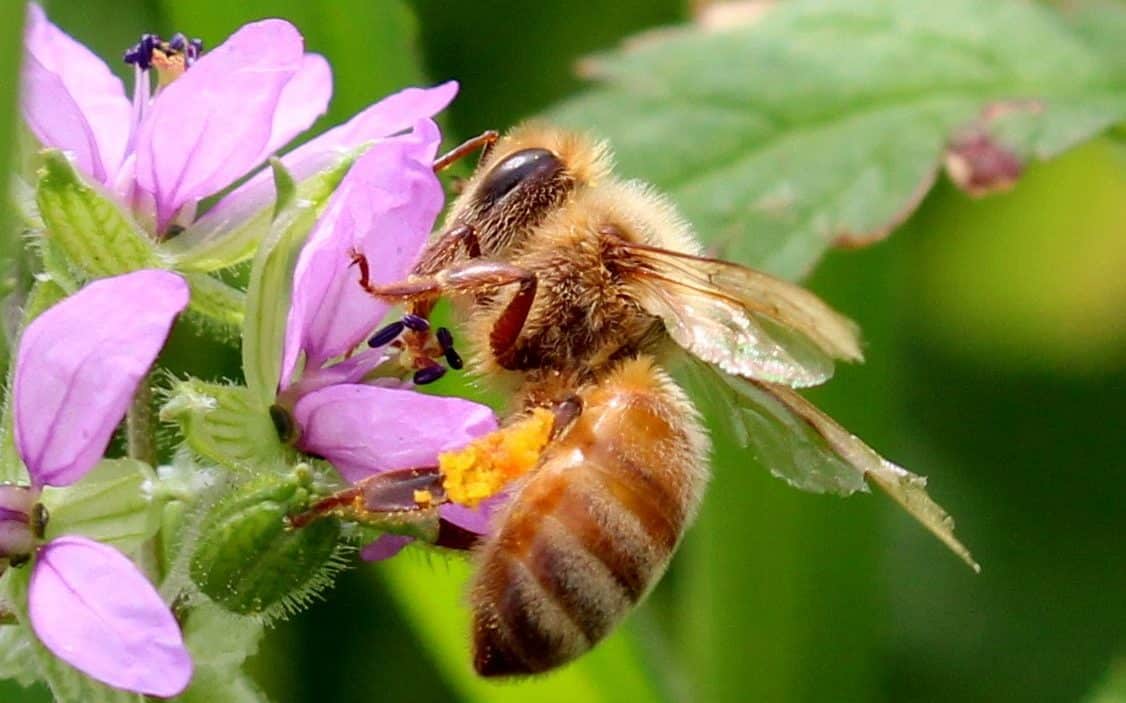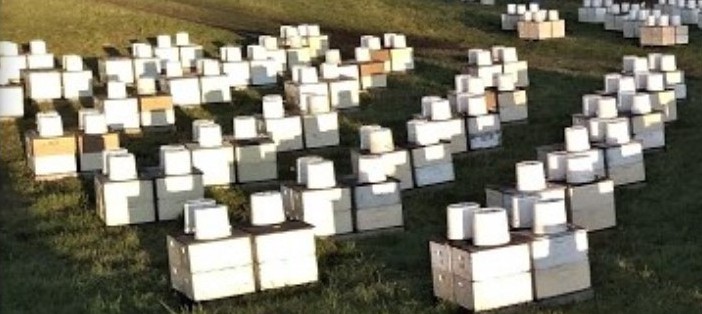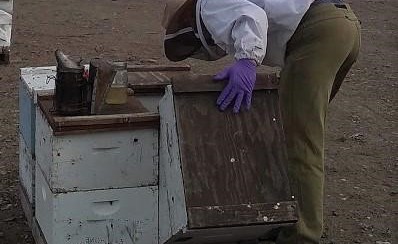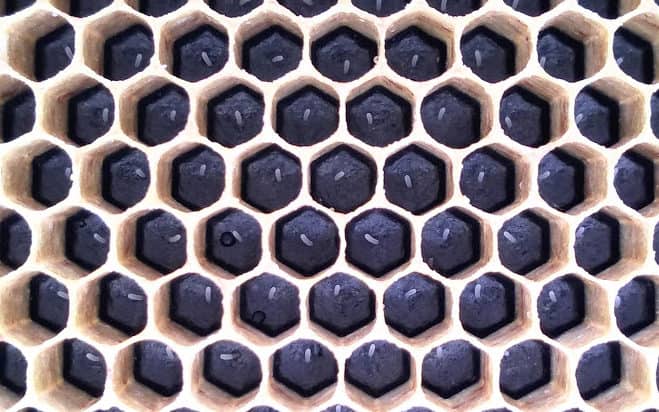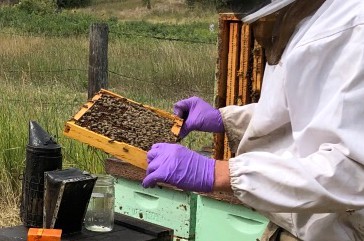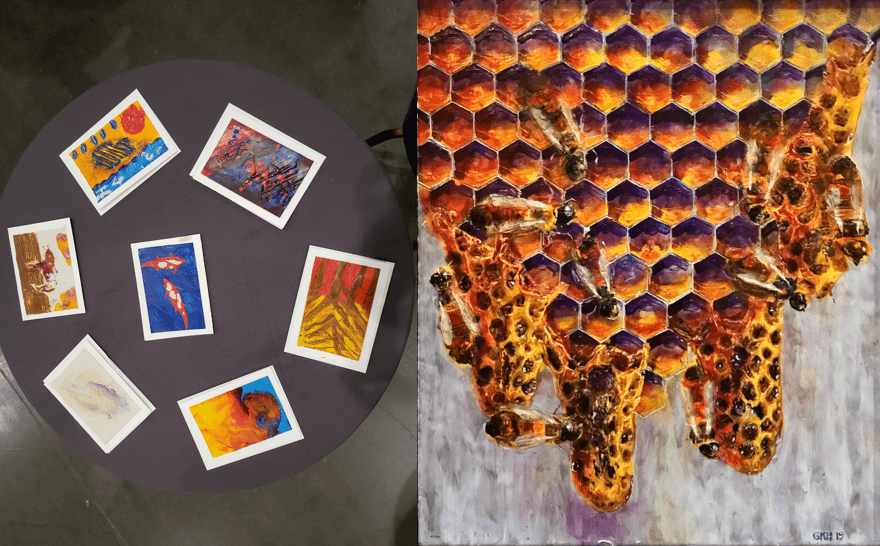Now that we have your attention, please note that we do not really have anything more to say about sign twirling. This was, however, the 3rd annual sign twirl for Auburn University student Adler Salem. We think he gets better each year! More importantly, this is the 14th year of the Survey, and for this 2019-2020 edition, we are one week in! If you would like to be a part of history too, head over to our survey portal. We deeply appreciate those beekeepers that have filled out the survey, and we deeply appreciate those of you looking to do it in the near future.…
Now Live – 2019-2020 Colony Loss & Management Survey!
Given the circumstances, we hope everyone is staying healthy these days! Spring is proliferating, with fields of blooming clover, pollen-covered cars, and the buzz of flying bees. Although these are unusual times, let’s do one thing as usual in April: Let’s take the Bee Informed Partnership’s annual Colony Loss and Management Survey! Just click here: Take The 2019-2020 BIP Loss and Management Survey! » The information that you provide will be invaluable to our understanding of honey bee health around the country. Since 2006, many thousands of beekeepers have answered the BIP National Loss Survey. This has enabled us to document and better understand long-term…
Honey Mustard or Mustard Honey?
Honey bees need an abundance and diversity of floral resources to grow and thrive throughout the season. In areas of intensive agriculture, like the almond orchards of California, forage can be scarce before and after the primary cultivated crop blooms. One of the pollinator friendly plants that is often seen in and around orchards and agricultural fields is mustard. The common appearance is due to both deliberate planting as a cover crop and the plant spreading through self-sowing. There is a great deal of research going into developing cover crop seed mixes to supplement forage before and after almond bloom. Many of these seed mixes…
A Look At Filaree As A Forager Food
The vast majority of the commercially managed honey bee colonies in the United States spend February and a portion of March pollinating almonds in the central valley of California. Almond pollen is very nutritious, and colonies build well on it when favorable weather conditions prevail during bloom. The weather during almond pollination season in 2020 was very favorable, and colonies made significant increases in both population and food reserves during the bloom period. While warm and dry conditions this year led to a good nut set, it did mean that bloom progressed quickly, and once finished there were limited flowers available. By working in various…
Sentinel Apiary Program 2019 Wrap-Up and 2020 Sign-Up
Last year, 2019, marked our fifth (fifth?!) year of the Sentinel Apiary Program. It was another record breaking year: 2,221 samples were taken from 461 colonies in 85 apiaries! The program continues to grow each year, and we are so excited about the progress we have made, and for what we will continue to do in the future. Take a look at the map below. Don’t see an apiary in your state? Join us and be the first! One exciting thing to look out for in 2020 is another partnership with the American Beekeeping Federation (ABF). ABF is sponsoring ABF members with $100 off a…
A roof over their heads
A colony of bees is fairly loose in their requirements of a cavity to live in. Basically they need a space of a suitable volume with a defensible entrance and enough protection from the elements so they can maintain an internal environment to survive in good health. A lid for the hive helps meet this last requirement by helping to retain heat and exclude precipitation. At its simplest, a lid can just be a piece of plywood or other material that provides coverage to the top of a hive. Beyond meeting the basic needs of the colony, beekeepers have added modifications to lid and cover…
Look Down
Separating a hive from the bottom board and tilting it forward is a useful first step before proceeding further with a colony inspections for several reasons. A tilt allows you to assess the overall weight of a hive while letting the bottom board carry the weight. Tilting also facilitates looking at the bottom bars to assess the coverage and density of bees allowing for a population estimate to be made. These are both valuable pieces of information that allow broad inferences about colony health to be made, but tilting the hive forward before proceeding further also allows you to examine the state of the bottom…
More Five Dollar Bee Words
I am fortunate to spend a lot of time reading and listening to a lot of beekeeping and bee science topics which inevitably leads to coming across terms I have to look up. A couple years back I compiled a list of these challenging words and turned it into a Five Dollar Bee Words blog. Since that post I've continued to encounter words that have sent me to the dictionary so I've put together another list. Chorion is the flexible membrane surrounding honey bee eggs that is absorbed as the egg grows into a larva. Dioecious plant species have a separation of male (pistil) and…
Nitrile Gloves and You
When asked "Besides a hive tool, a smoker and a veil, what is your favorite tool in the beekeeper's toolbox?" fellow BIP field specialist Dan Aurell replied with NITRILE GLOVES! There are a lot of situations where a beekeeper (especially a BIP field specialist) might want to pull on some nitrile gloves. The most obvious benefit gained using nitrile gloves is that they can help prevent honey bee stings (or just make them less severe). This fact assumes that you are already going gloveless and not using thick leather gloves. They do not prevent stings outright but they can help prevent the stinger becoming embedded…
BIP’s Venture into Encaustic Art
During the American Beekeeping Federation (ABF) Conference in Schaumburg, Illinois in early January 2020, several BIP staff members participated in BIP Board Member George Hansen’s Encaustic Painting Workshop. A skill new to many of us in the workshop, this incredibly enchanting art form transforms melted beeswax and pigments into beautifully imaginative paintings. Or at least for some of our creations, beautifully imaginative in the eye of the beholder. George has introduced the ABF community to encaustic painting before through presentations in previous years but this time around was the first offering of an interactive workshop where participants created their own works of art right there…
